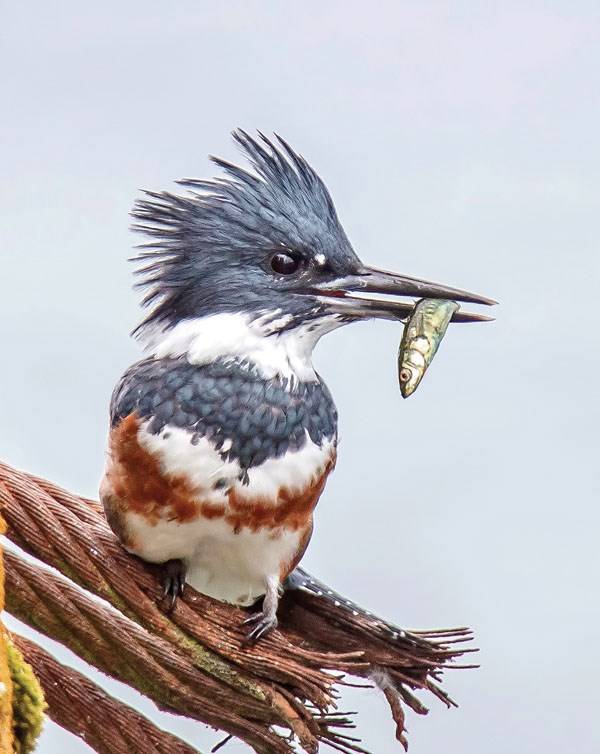September is a highlight month for birders as billions of birds across the continent are on long migratory flights and there will always be a few with wonky GPS co-ordinates. Thus, there is an elevated chance of rare visitors appearing on the Sunshine Coast (or any other location). Birders are happy to observe and record the comings and goings of the common, local birds, but there is an extra dimension when a rare species is located. You either “get” this phenomenon, or you don’t!
This September has been good for rarities. There are a number of factors involved in this with the amount of effort expended and the expertise of the observers at the forefront. Technology also plays a part and the ubiquity of cameras allows for the capture of images of the birds that can then be relayed to other people. Also, the inter-connected electronic world that we live in allows those images to be passed on to others through texts, email, websites, Facebook, ebird, etc. A rare bird that appears on the Sunshine Coast has a much higher chance of being documented in 2018 than it ever did in the past.
A good example of the items above was the American white pelican that was first reported at the head of Porpoise Bay (by Maureen Hamblin and Donna Giberson) on the afternoon of Sept. 8. Over the next five days the pelican was seen by numerous people as it moved south to the Wilson Creek estuary and then at various locations along the Roberts Creek waterfront. White pelicans breed and summer on B.C.’s Chilcotin plateau and winter southwards from California and Mexico. Usually their migratory flights, both north in the spring and south in the fall, are over an interior flyway, but occasionally they stray to the coast. In early September 2004 a single white pelican did a similar milk-run around the Sunshine Coast for a few days.
The rarest bird of the period was a lark bunting found by John Hodges on the waste ground at the Wilson Creek estuary on Sept. 7. This sparrow-like species breeds on the Prairies and winters from the southern U.S. and only rarely strays to the coast. After John found the bird it was well photographed by Arnold Skei and then observed by other keen birders during its two-day stay. It was only the second occurrence on the Sunshine Coast and the first since 1999 (by Alan Poynter). Truly a rare bird!
Other recent rarities were horned lark (Karen Holland), vesper sparrow, Cassin’s auklet and American redstart (seen by many at the Wilson Creek estuary).
To report your sightings or questions contact [email protected] or 885-5539. Good Birding.



